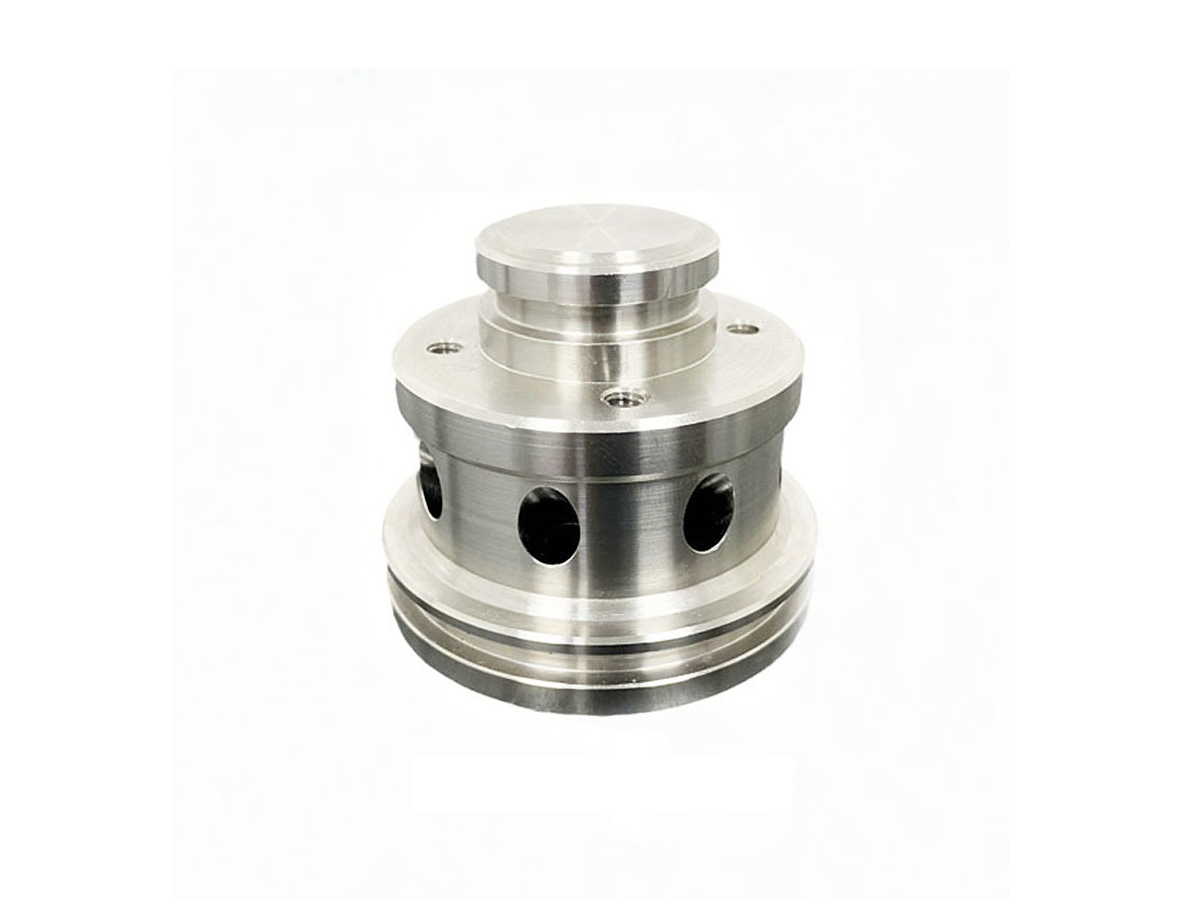How Titanium CNC Machining Parts Transform Medical Devices Industries
Revolutionizing Patient Care with Precision Engineering
Medical device manufacturers face unprecedented demands: biocompatible materials, lightweight designs, and components that withstand repeated sterilization. Titanium alloys now dominate 75% of orthopedic implants and surgical tools, offering unmatched strength-to-weight ratios (900 MPa UTS at 4.5g/cm³) and full MRI compatibility. Advanced CNC machining services enable complex geometries like spinal cages with ±0.01mm accuracy—critical for osseointegration success rates.
A recent FDA study on Ti-6Al-4V ELI hip stems processed via 5-axis micromilling showed 98% 10-year survivorship, outperforming cobalt-chrome alternatives by 30%.
Material Selection: Balancing Biocompatibility and Performance
Titanium Alloy | Key Metrics | Medical Applications | Limitations |
|---|---|---|---|
860 MPa UTS, 10% elongation | Orthopedic implants, dental abutments | Requires surface treatments for bioactivity | |
900 MPa UTS, 15% fatigue strength | Trauma plates, spinal fixation | Higher cost than CP titanium | |
550 MPa UTS, 99.5% purity | Surgical instrument handles | Limited to non-load-bearing applications | |
800 MPa UTS, 0% magnetic susceptibility | MRI-compatible surgical tools | Complex heat treatment required |
Material Selection Protocol
Load-Bearing Implants
Rationale: Ti-6Al-4V ELI’s low oxygen content (<0.13%) prevents inflammatory responses. Combined with hydroxyapatite coating, bone attachment strength increases by 40%.
Validation: ASTM F136 testing confirms 10⁷ cycle fatigue life under 2,500N loads.
Minimally Invasive Tools
Logic: Ti-15Mo’s β-phase structure enables elastic modulus matching human bone (35 GPa). Micro CNC milling achieves 0.1mm instrument tips for endoscopic surgery.
CNC Machining Process Optimization
Process | Technical Specifications | Applications | Advantages |
|---|---|---|---|
0.05mm end mills, ±0.005mm accuracy | Dental implant screw threads | Creates self-tapping designs for 30% faster osseointegration | |
0.01mm roundness, Ra 0.2μm finish | Bone screw shafts | Maintains concentricity in L/D 20:1 parts | |
0.1mm kerf width, HAZ <0.05mm | Cardiovascular stents | Eliminates mechanical stress on thin-walled structures | |
Ra 0.1μm, 5μm material removal | Implant surface finishing | Reduces bacterial adhesion by 70% |
Manufacturing Strategy for Spinal Cages
Porous Structure Machining
5-axis milling creates 500-800μm pore structures with 65% porosity, mimicking trabecular bone morphology.
Stress Relief
750°C/2h vacuum annealing eliminates residual stresses while maintaining ASTM F3001 grain structure.
Bioactive Coating
Plasma-sprayed hydroxyapatite achieves 50μm thickness with >95% crystallinity per ISO 13779.
Surface Engineering: Enhancing Clinical Outcomes
Treatment | Technical Parameters | Medical Benefits | Standards |
|---|---|---|---|
10-30μm thickness, HV 300-500 | Color-coding surgical instruments | ISO 13485 | |
Ra 2.5-4μm, 25-50μm Al₂O₃ media | Bone-implant contact area optimization | ASTM F1147 | |
3μm thickness, 2,000 HV hardness | Wear resistance for joint replacements | ISO 5832-3 |
Coating Selection Logic
Dental Implants
Sandblasted + acid-etched (SLA) surfaces achieve 60% bone-to-implant contact within 8 weeks, per J Biomed Mater Res studies.
Surgical Robotics
PVD TiN coatings reduce instrument wear by 80% during 500+ laparoscopic procedure cycles.
Quality Control: Medical-Grade Validation
Stage | Critical Parameters | Methodology | Equipment | Standards |
|---|---|---|---|---|
Biocompatibility | <0.5μg/cm² ion release | ICP-MS analysis | Thermo Fisher iCAP RQ | ISO 10993-12 |
Dimensional Accuracy | ±0.01mm implant fit | Optical 3D scanning | Zeiss T-SCAN CS | ASTM F2083 |
Sterilization | 1,000+ autoclave cycles @134°C | Steam sterilization testing | Getinge 533LS | AAMI ST79 |
Certifications:
ISO 13485:2016 compliant manufacturing
FDA 21 CFR Part 820 quality system
Industry Applications
Orthopedic Implants: Ti-6Al-4V ELI with porous structures (95% osseointegration at 6 months)
Surgical Robots: Ti-15Mo forceps with PVD coatings (0.1mm articulation precision)
Cardiac Devices: Laser-cut CP Ti stents (0.08mm strut thickness for flexibility)
Conclusion
Precision titanium CNC machining enables medical breakthroughs—from 3D-printed cranial plates to antimicrobial surgical tools. Our medical device solutions meet ISO 13485 standards with full material traceability.
FAQ
Why is Ti-6Al-4V ELI preferred for orthopedic implants?
How does electropolishing reduce infection risks?
Best surface treatment for dental implant osseointegration?
How to validate implant biocompatibility per ISO 10993?
What CNC parameters prevent titanium galling?

